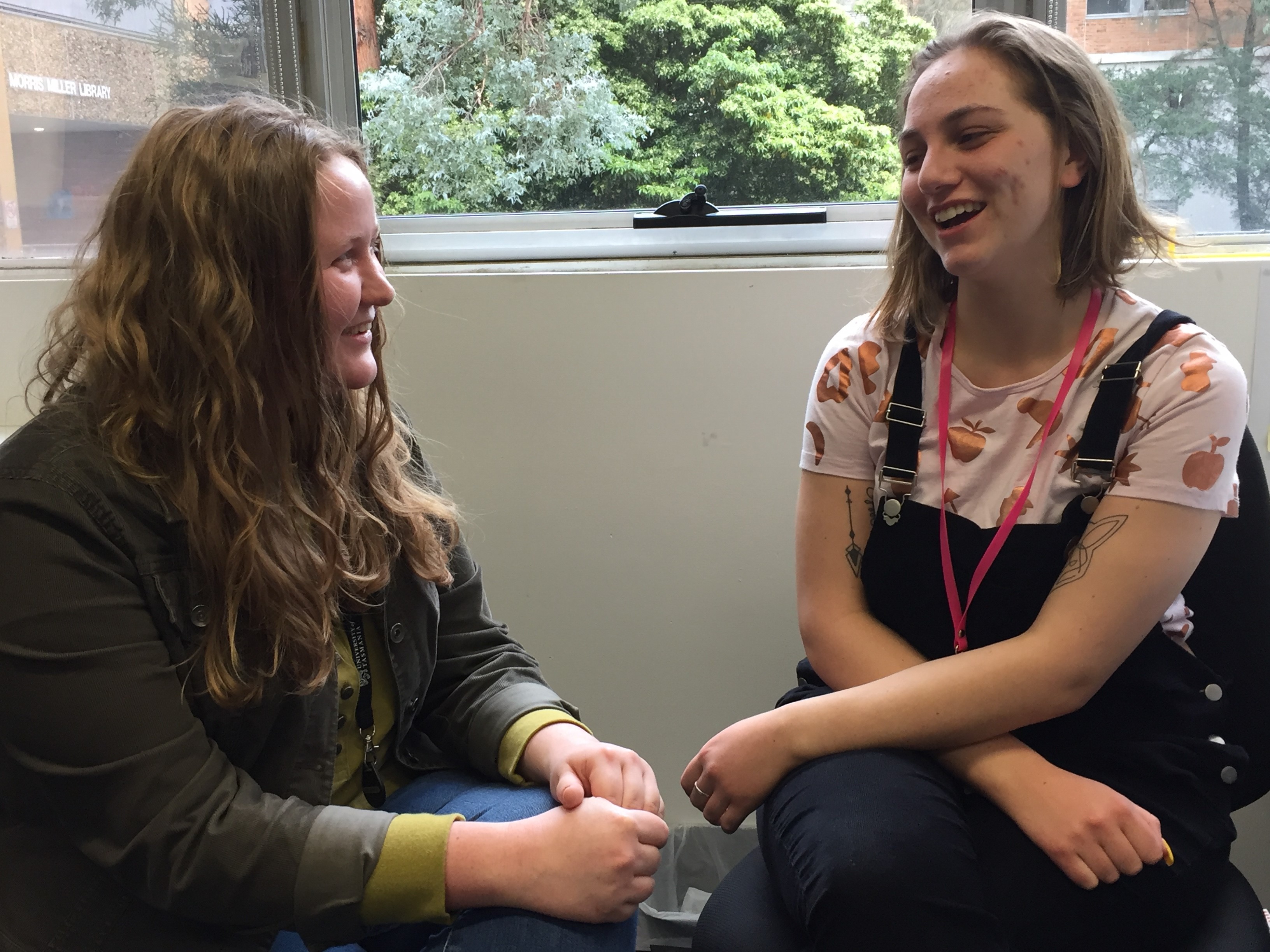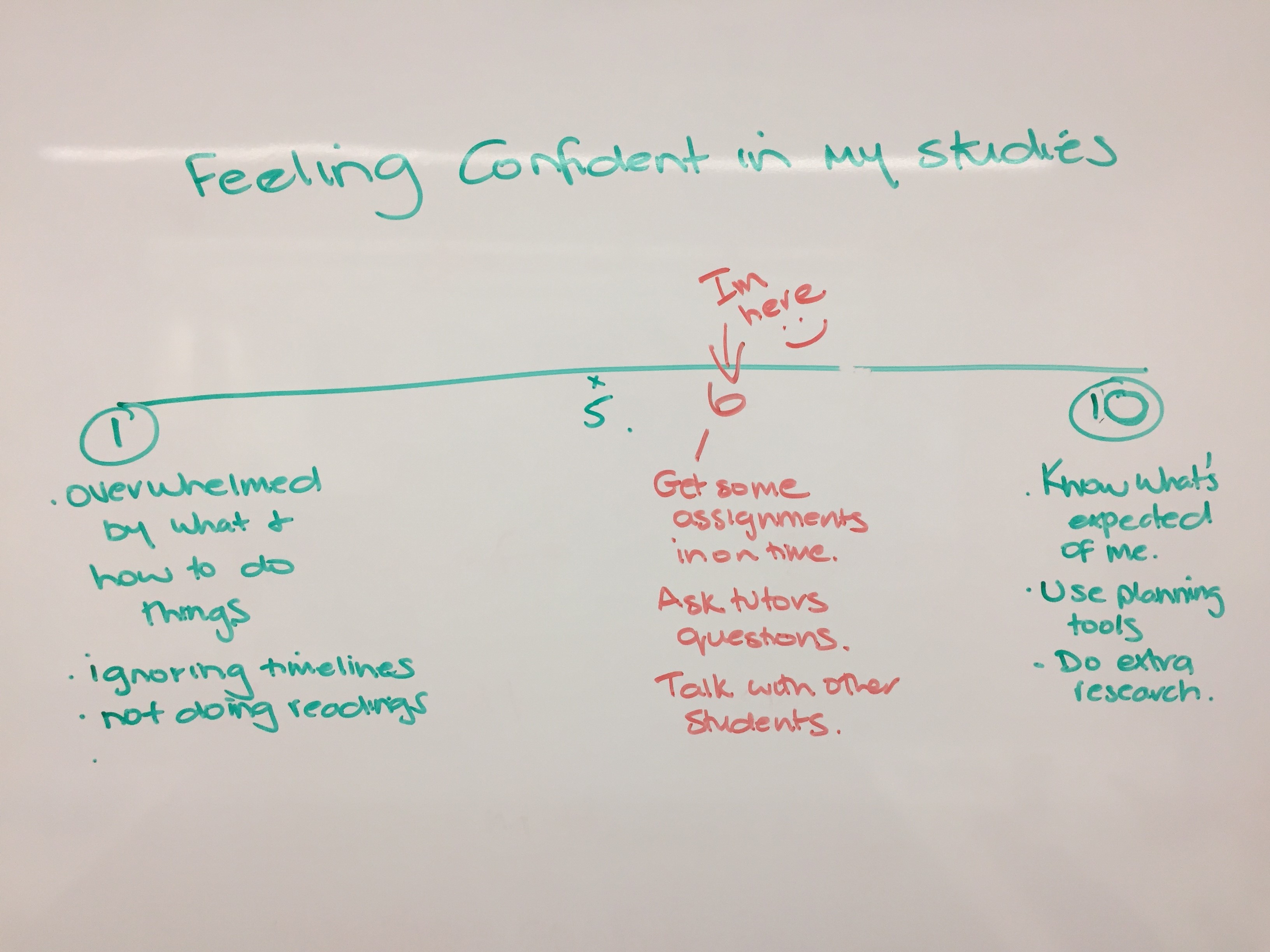Roadmap for positive change – University of Tasmania
Making changes to the way we do things or think about things is not always as easy as it sounds. Even when we feel ready and motivated to start some new habits things don’t always change. So, assisting others develop new approaches or strategies for university study is no easy endeavour, and when those you are helping usually don’t enjoy changes or transitions then this can bring quite a few additional challenges. Welcome to the world of our specialist peer mentors who support students on the autism spectrum here at UTas. Our mentors meet with their mentee once a week to assist them in their university experience. This usually involves directing or at least nudging them in the direction of making some change.
How do we do this?
One of the analogies we use is that it’s like teaching someone to drive a car. We want our mentees to feel that they’re in the driver’s seat but we’re there to offer advice, guidance, lots of encouragement as well as keeping an eye out for risks along the way. And just with any learner driver you start with where they are at and build on small successes along the way.
Recently, once a trusting relationship has been developed between the mentor and mentee we’ve been using a technique borrowed from coaching methods to put our mentees in control of the change journey and tap into their inherent motivation. By mapping out ‘what success looks like’ at different stages mentees are able to track their own progress towards one of their goals. To do this we draw a line with the number 1 at one end, and 10 at the other and then the mentees and mentors work together to identify what specific actions/behaviours/emotions they think are associated with some different points on this scale by asking What might it look like to be at this number on the map – what would you be doing, thinking or feeling? And then identify where they are at this moment in time on the scale, where they might want to be and what does both of these places look like. The image gives an example of the start of one of these maps.
By asking the question: What puts you there, and not the number below? generates discussion about what the mentee is already doing well and feeling successful with. And by asking: What might it take to get to the next number or even half a number up? presents changes as small incremental steps or tweaks, which can make them feel much more doable and achievable. And we know that over time small changes add up to make a big difference.
While academic achievement may be an overall program goal, a simple pass or fail is often not enough to measure the growth and change in our mentees. Each mentees goals differ and it’s important to use something that is important to them and that they want to change. However chances are that ultimately the goals chosen – such as improving confidence, building independence or improving planning – will impact on their academic results.
“This has put my mentee clearly in the driver’s seat of his student experience,” said Katie, a Specialist Peer Mentor. “He was so detailed and clear in labelling the different parts of his success map, and is now much more open to others help as he can see where it fits with achieving his goals.”
Some of the key benefits we are finding from this approach are :
- Mentees are able to visually map and track their progress
- Turns intangible concepts or gaols into tangible factors of success
- Lists the small actions or tweaks that need to happen for progression
- Creates a clear sense of ownership and autonomy
- Improves motivation– mentees are really engaged and excited by the map
- It allows us to use ‘approach goals’ that tend to be more motivating than ‘avoidance goals’.
- Improves trust and collaboration between mentor and mentee
- Promotes growth mindset by reinforcing mentees are just Not there YET
- Strengths-focused through building on what the mentee is already doing well
And the good news is that even if things start to go awry and the mentee feels like they are going backwards in reaching their aspirations, having a visual guide and specific actions linked with each area can act as a signpost to get back on track much easier.
“My mentee was super-engaged in this process,” said Benedicta, a Specialist Peer Mentor. “She came up with some suggestions that I would never have thought about for changes she wants to make and how to make these happen. And it’s amazing seeing these changes start to make a real positive difference in her life.”


Written by Debbie Hindle, University of Tasmania

Leave a Reply